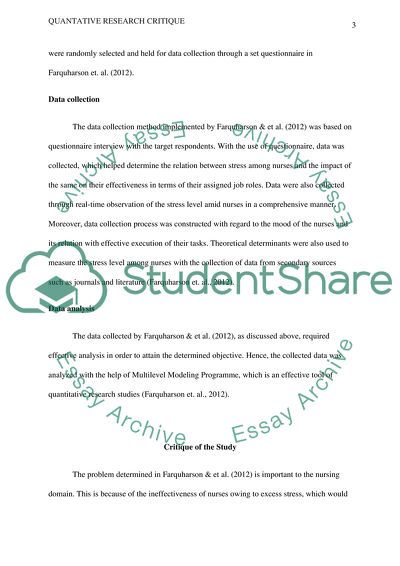Cite this document
(Quantative Research Critique Essay Example | Topics and Well Written Essays - 1000 words, n.d.)
Quantative Research Critique Essay Example | Topics and Well Written Essays - 1000 words. https://studentshare.org/nursing/1859191-the-impact-of-stress-among-nurses-on-their-job-performance
Quantative Research Critique Essay Example | Topics and Well Written Essays - 1000 words. https://studentshare.org/nursing/1859191-the-impact-of-stress-among-nurses-on-their-job-performance
(Quantative Research Critique Essay Example | Topics and Well Written Essays - 1000 Words)
Quantative Research Critique Essay Example | Topics and Well Written Essays - 1000 Words. https://studentshare.org/nursing/1859191-the-impact-of-stress-among-nurses-on-their-job-performance.
Quantative Research Critique Essay Example | Topics and Well Written Essays - 1000 Words. https://studentshare.org/nursing/1859191-the-impact-of-stress-among-nurses-on-their-job-performance.
“Quantative Research Critique Essay Example | Topics and Well Written Essays - 1000 Words”. https://studentshare.org/nursing/1859191-the-impact-of-stress-among-nurses-on-their-job-performance.


